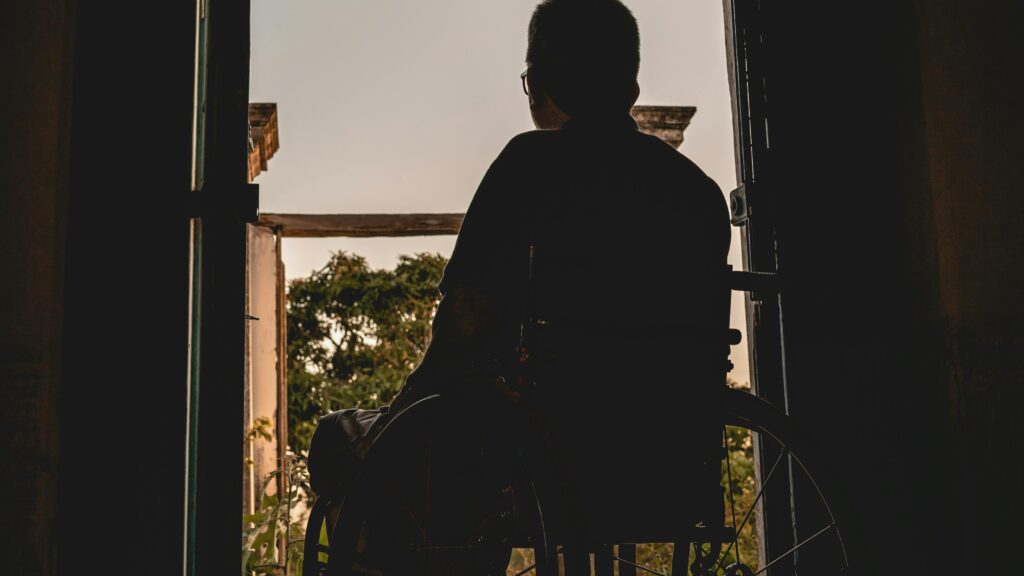Constitutionally, there is growing consensus that the law must reflect the unequal realities of its subjects. Anything less than this may offer formal equality, but not substantive equality, which is the true promise of the Indian Constitution. However, such recognition must also be holistic and precise, because incomplete justice is, in essence, injustice.
The case of Rekha Sharma v. High Court of Rajasthan stands as a striking example. A visually impaired woman from an economically weaker section (EWS) was compelled to approach the Supreme Court of India not due to a lack of merit, but because the system failed to fully see her. Her legal struggle reflects the consequences of superficial and partial recognition of marginalized identities.
India’s affirmative action framework, primarily articulated through Articles 15 and 16 of the Constitution, incorporates two key types of reservations:
- Vertical reservations for historically disadvantaged communities, such as Scheduled Castes (SCs) and Scheduled Tribes (STs).
- Horizontal reservations for cross-cutting groups, including women, Persons with Benchmark Disabilities (PwBDs), and the economically weaker sections (EWS) among the unreserved categories.
A critical constitutional principle governs the allocation of such reservations:
If a candidate qualifies under both a vertical and a horizontal category, and meets the cut-off for the vertical category, they must be accommodated there—so the seat in the horizontal category remains available for others similarly situated. This reflects a recognition of intersectionality—the idea that disability, when coupled with caste or economic deprivation, deepens marginalization.
In Rekha Sharma’s case, the petitioner applied for the State Judicial Services (2021) under both the EWS and PwBD categories, having a visual impairment above 40%. Despite meeting the qualifying marks in the PwBD category, she was denied selection because another candidate, who was also disabled but belonged to the SC category, had scored higher and was allocated the sole disability-reserved seat.
Sharma rightly argued that since the SC candidate had met the higher cut-off under the SC vertical category, they should have been adjusted there—freeing up the PwBD seat for her. The Supreme Court agreed, holding that the failure to recognize her intersecting identity amounted to injustice, and ordered her appointment.
This ruling is more than just a personal victory for one resilient candidate. It signals a jurisprudential shift—from passive tolerance to active acceptance of Persons with Disabilities (PwDs). The Court affirmed that disability rights cannot be treated as a symbolic formality—they require institutional precision, sensitive adjudication, and affirmative accommodation rooted in constitutional morality.
Firstly, the Supreme Court firmly rejected the State’s reductionist view of merit, which argued that the seat should automatically go to the candidate with the higher marks. Instead, the Court acknowledged that merit cannot be divorced from context. It recognized that caste, class, gender, and disability intersect to shape a person’s lived experience and opportunities. The Court’s idea of merit moved beyond the rigid arithmetic of scores to a more nuanced understanding of fairness—one that considers systemic disadvantage, unequal starting points, and the need for equitable support to ensure genuine parity.
Secondly, the judgment marks a substantive leap in the realisation of employment rights for persons with disabilities. It opens institutional doors that were historically closed to them. Not long ago, in V. Surendra Mohan v. State of Tamil Nadu (2018), the Supreme Court had held that blind and hearing-impaired individuals could not serve as judges—citing concerns over confidentiality and operational dependence on support staff. This view faced strong criticism for being exclusionary and incompatible with the spirit of the Rights of Persons with Disabilities Act, 2016.
In Vikash Kumar v. UPSC (2021), the Court began a course correction by foregrounding the principles of reasonable accommodation and disability inclusion, interpreting Articles 14, 19, and 21—the “golden triangle” of constitutional rights—to affirm the dignity and agency of disabled individuals.
However, Rekha Sharma goes a step further. Faced with a legal vacuum due to the peculiarities of the case, the Court invoked Article 142 of the Constitution to “do complete justice,” even going so far as to create a supernumerary judicial post for Sharma. This bold, rights-based approach reflects a transformative constitutionalism—moving from a system once reluctant to allow disabled individuals into judicial roles to one that proactively includes and empowers them.
This evolution is both symbolically powerful and practically necessary. It not only strengthens the judiciary’s institutional legitimacy by making it more representative, but also reaffirms the constitutional ideal of substantive equality.
As we celebrate this jurisprudential progress, there remains a hope—that the introspection shown by the judiciary will be echoed by other arms of the state. The promise of inclusion must not be thwarted by technical rigidity, and constitutional rights of Persons with Disabilities (PwDs) must be protected and enforced across all domains—not as acts of charity, but as matters of justice.


